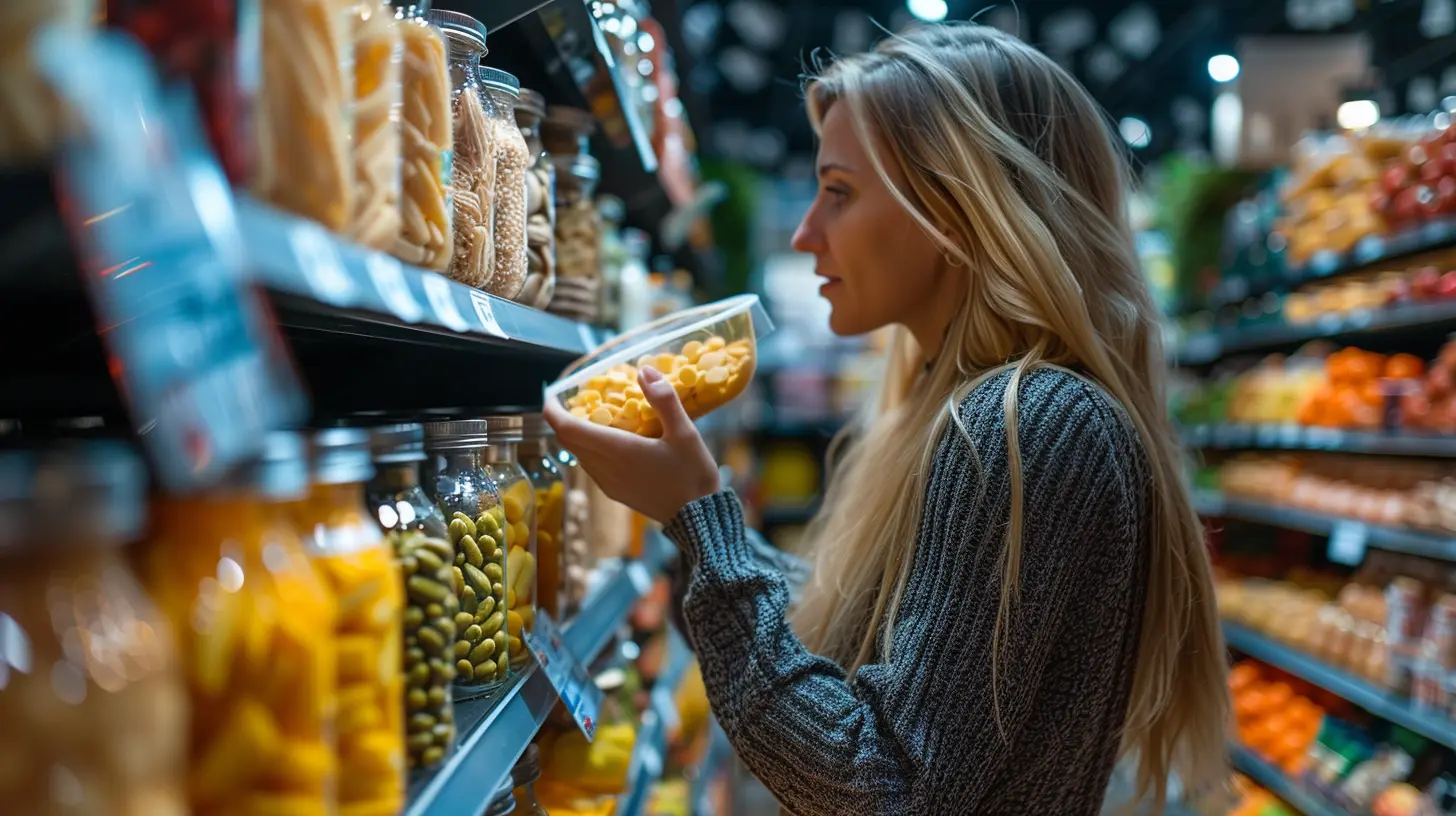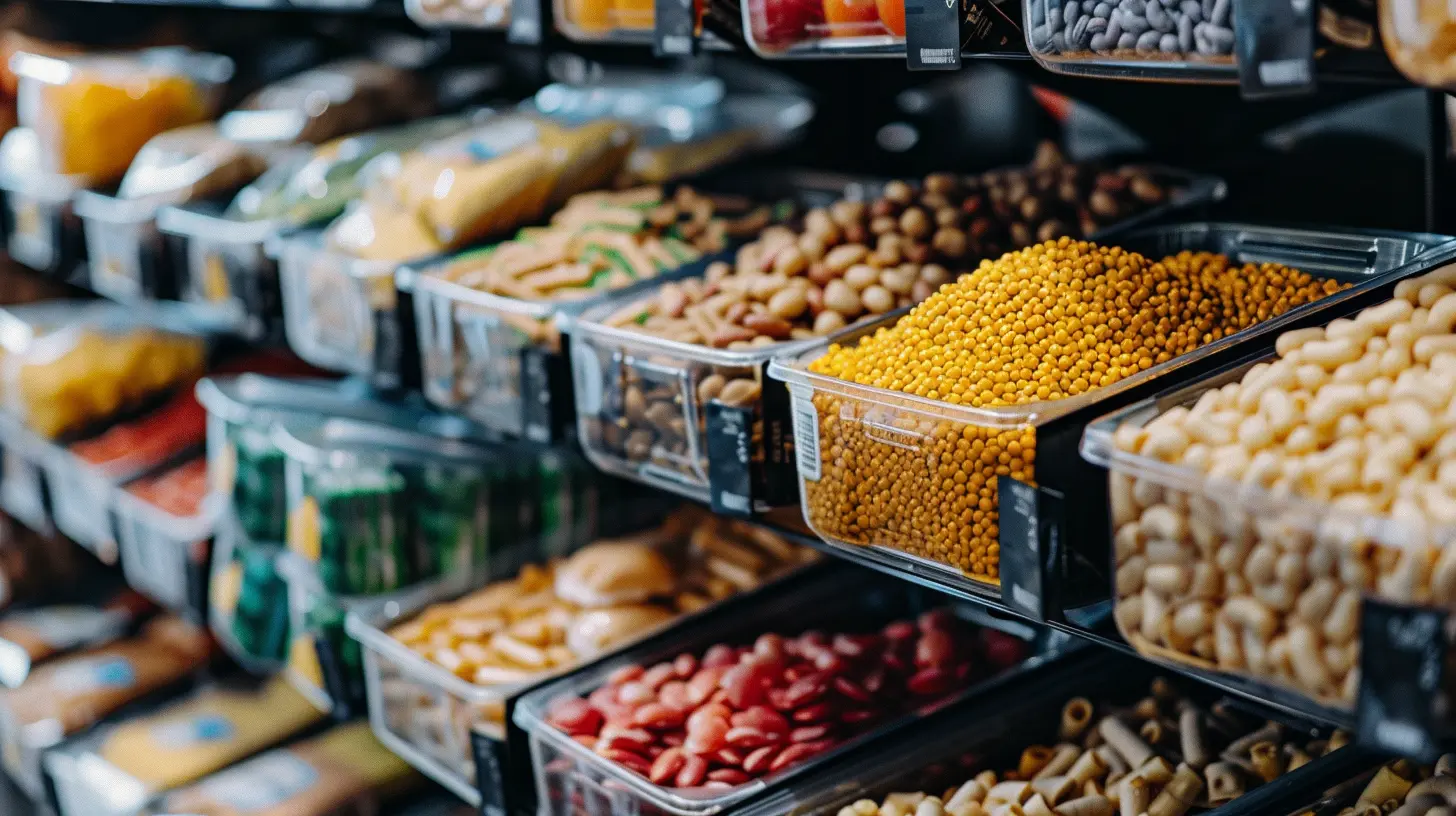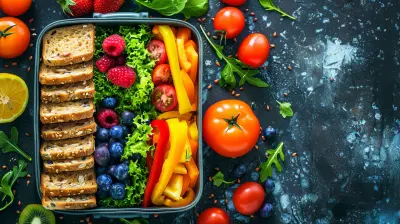Label Reading 101: Detecting Hidden Allergens in Packaged Foods
25 October 2025
Have you ever felt like food labels are written in an ancient language only decipherable by scientists? You’re not alone. If you have food allergies, label reading isn't just a casual grocery store habit—it’s a survival skill.
Packaged foods, with their complex ingredient lists, can be sneaky. Even if a product looks safe at first glance, hidden allergens can lurk behind unfamiliar terms, misleading names, or vague ingredient descriptions. Let’s break it down and give you the superpowers to spot those food foes before they end up on your plate. 
Why Food Labels Are Tricky
Food manufacturers don’t always make it easy for consumers. While major allergens (like peanuts, milk, and shellfish) must be declared clearly under labeling regulations, there are sneaky ways allergens can hide:- Scientific jargon – Casein sounds innocent until you realize it’s derived from milk.
- Alternative names – Albumin? Sounds fancy. Also, it’s egg protein.
- Processing surprises – "May contain traces of peanuts" can be a dealbreaker for some.
- Cross-contamination – Even if a food doesn’t list an allergen, it may have been produced in a facility that handles it.
We’re going to unwrap the mystery of food labels, so you can shop stress-free and snack without second-guessing. 
The Big 9: Allergens You Should Always Look For
Regulatory bodies like the FDA require food manufacturers to declare the following top allergens clearly on labels:1. Milk
2. Eggs
3. Fish (like salmon, cod, and tuna)
4. Crustacean Shellfish (shrimp, crab, lobster)
5. Tree Nuts (almonds, walnuts, cashews, etc.)
6. Peanuts
7. Wheat
8. Soybeans
9. Sesame (recently added as an FDA-recognized allergen)
If you're allergic to any of these, scanning the ingredients like a detective is non-negotiable. But what about allergens that aren’t as widely recognized? 
Sneaky Allergen Hiding Spots
You’d think that a peanut butter cookie would obviously contain peanuts—no detective work needed. But what about unexpected places allergens hide? Here are some classics:1. Milk’s Many Disguises
If you’re lactose-intolerant or allergic to dairy, "milk" isn’t the only word you should watch for. Be cautious of:- Casein, caseinate
- Whey
- Lactose
- Ghee (clarified butter)
- Butterfat
- Curds
Even "non-dairy" products sometimes contain casein. A classic example? Many coffee creamers labeled “non-dairy” still have milk derivatives. Confused? Yeah, us too.
2. Eggs in the Strangest Places
Think eggs only hide in baked goods? Think again! They pop up in:- Pasta (some varieties contain egg)
- Mayonnaise and salad dressings
- Marzipan (almond-based sweet often containing egg white)
- Some wines and cocktails (used in the clarification process)
3. Gluten Beyond Bread & Pasta
Wheat is sneaky. If you have celiac disease or gluten sensitivity, keep an eye out for:- Modified food starch (can be derived from wheat)
- Soy sauce (most contain wheat)
- Beer (barley is a gluten culprit)
- Imitation meats (some have wheat-based fillers)
“Gluten-free” alternatives are great, but always double-check for cross-contamination warnings.
4. Peanuts and Tree Nuts in Unexpected Places
Nut allergies can be serious, so a keen eye is essential. Watch out for:- Chocolate bars – Even if nuts aren’t listed, they may be processed on shared equipment.
- Cereal and granola – Many brands sneak in bits of almonds or cashews.
- Ice cream – Cross-contamination is common in shared scooping areas.
Also, coconut is sometimes classified under “tree nuts” on labels, even though it’s technically a fruit. Food regulations can be weird, right? 
Deciphering "May Contain" and Cross-Contamination Warnings
Ever wonder why some products say “May contain nuts” even though nuts aren’t listed as an ingredient? This is because of shared manufacturing equipment. Even if a product doesn’t include an allergen in its recipe, trace amounts can end up in the food from processing lines.Common phrases to watch for:
✔️ "May contain..." – This means small amounts of an allergen might have gotten into the product.
✔️ "Processed in a facility that also processes..." – The risk of cross-contact is there, but it's not guaranteed.
✔️ "Manufactured on shared equipment with..." – Higher risk of contamination.
If you have a severe allergy, err on the side of caution and avoid these products altogether.
Tips for Easy and Safe Label Reading
Reading food labels doesn’t have to feel like cracking the Da Vinci Code. Here are some pro-level tips to make it easier:1. Memorize Your No-Go Ingredients
Certain allergens have multiple names (like milk and casein). Jot down a cheat sheet of alternative names so you can recognize them instantly.2. Go for Certified Allergy-Friendly Brands
Some companies specialize in allergen-free products and test rigorously to prevent cross-contamination. Brands like Enjoy Life, MadeGood, and Simple Mills are known for allergy-conscious consumers.3. Use Online Resources & Allergy Scanners
Apps like "ContentChecked" or "AllergyEats" allow you to scan barcodes and check for allergens in food on the go. Super convenient when grocery shopping!4. When in Doubt, Call the Manufacturer
Still unsure about an ingredient? Pick up the phone or check the company’s website for FAQs. Many brands offer customer service lines to answer allergy-related questions.5. Don't Trust the Front Label – Flip It Over!
Food packaging is filled with misleading terms like "all-natural" and "healthy." But those labels don’t mean allergen-free. Always check the full ingredients list on the back.Final Thoughts
Food labels can be confusing, but once you get the hang of recognizing hidden allergens, grocery shopping becomes way less stressful. The key is to be vigilant without feeling overwhelmed.Next time you pick up a packaged snack, channel your inner detective, scan that label, and make informed choices. Because nothing ruins a good meal faster than a surprise allergic reaction!
Stay safe, eat smart, and snack happy.
all images in this post were generated using AI tools
Category:
Food AllergiesAuthor:

Laurie Barlow
Discussion
rate this article
1 comments
Kathleen McEachern
Unlock the secrets of your pantry! As you decode the cryptic language of food labels, hidden allergens may lurk in unsuspecting places. Are you ready to unveil the mysteries behind your favorite snacks and protect your health? Dive in and discover!
November 4, 2025 at 4:52 AM

Laurie Barlow
Absolutely! Understanding food labels is crucial for identifying hidden allergens and ensuring your safety. Let’s dive into the essentials together!


